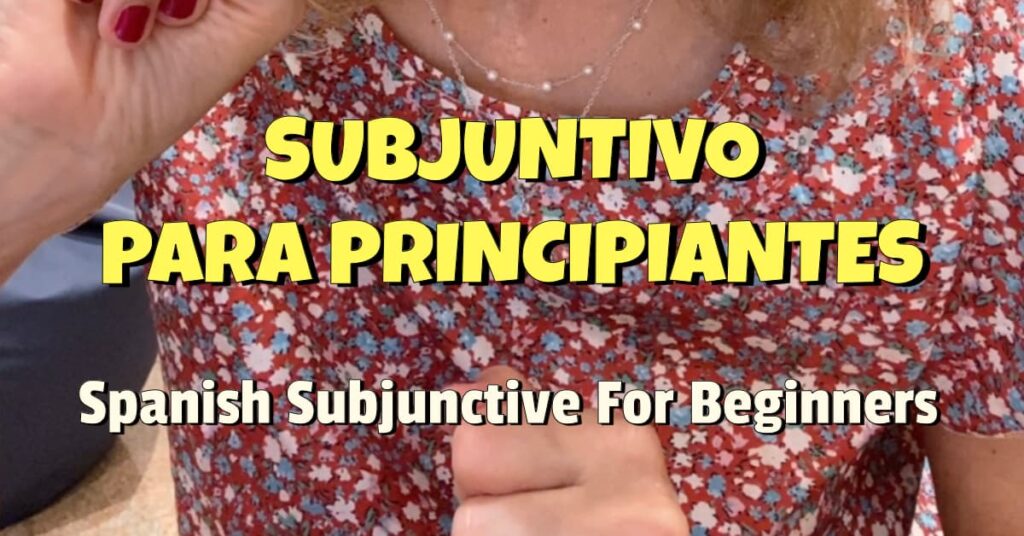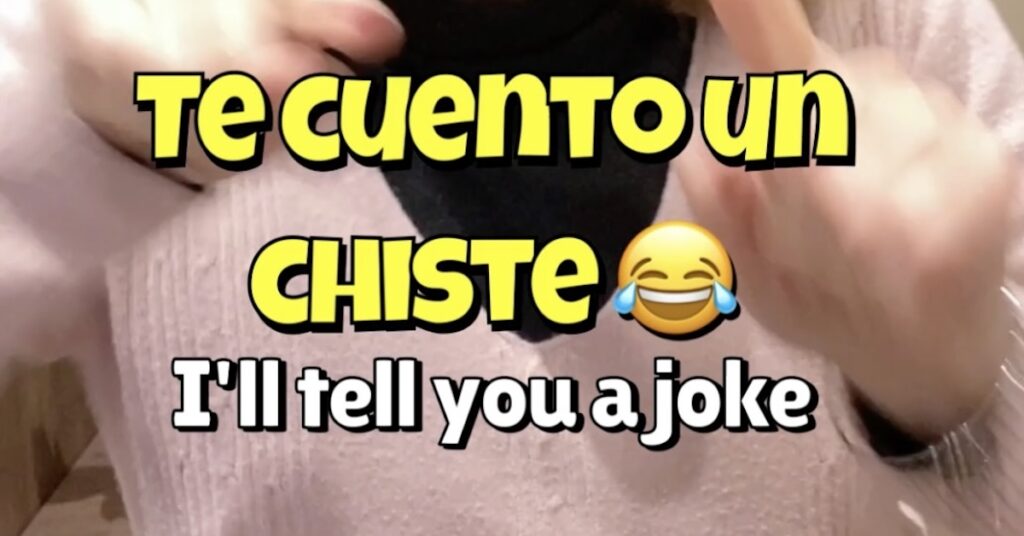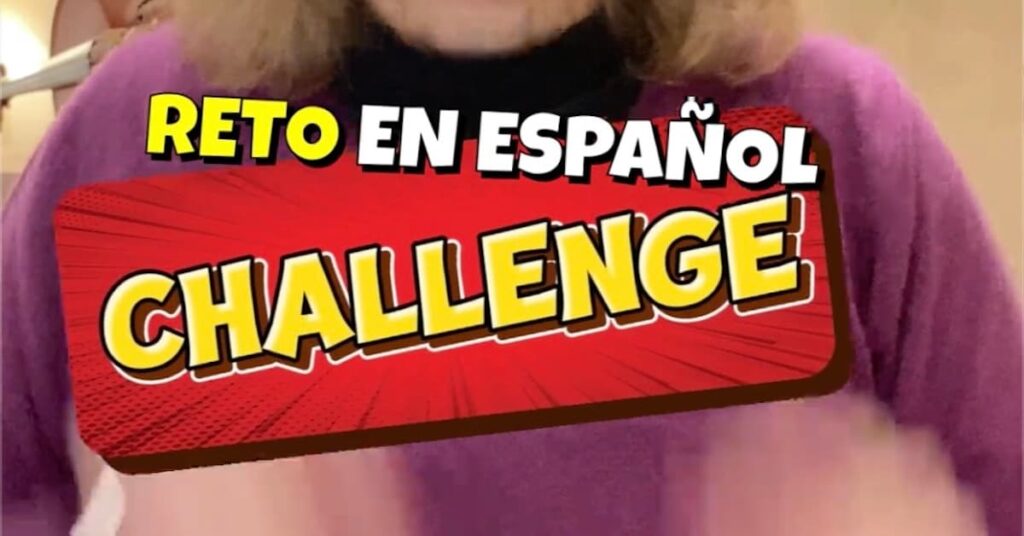Short video to understand the subjunctive
⇣ Watch the video ⇣
Write a sentence using «me alegro de que» (I’m glad that…) in the comments
Let’s simplify the subjunctive so you can understand and use it. It doesn’t matter if you’re a beginner.
The subjunctive in Spanish
The Subjunctive in Spanish It’s easier than you think.
Today we are going to see the easiest part: change the –a and the -e end that we normally find in the present indicative
Here are some basic phrases in the present:
- Ustedes hablan
- Tú comes
- Él vive
Look at the final part of the verbs: -an, -es, -e.
We are going to apply The vowel trick: The vowels are exchanged to form the subjunctive a ⇢ e | e ⇢ a
- If the conjugation of the verb has a –a, we change with -e
- If the conjugation of the verb has a -e, we change with -a
- hablan ⇢ hablen
- comes ⇢ comas
- vive ⇢ viva
Exercise ⇢ Practice indicative present phrases to subjunctive present
The subjunctive needs another phrase
The subjunctive almost always goes after another sentence. The first sentence ‘prepare’ the path for the second sentence with the verb in subjunctive.
In this video we have seen a commonly used phrase: «me alegro de que…» I’m glad that…
But there are many phrases that introduce the subjunctive.
For example, «quiero que tú…» (I want you to…), «espero que…» (I hope…), «es importante que…» (It’s important that…)
- Quiero que tú comas más verduras.
- Espero que él viva feliz.
- Es importante que usted hable despacio.
It’s easier to understand when you practice with one of my interactive exercises
Below you have a wonderful exercise to practice the subjunctive. In this exercise you have to transform phrases from present indicative to present of subjunctive. It is an interactive, fun and clear exercise. You will listen to the phrases after giving the correct answer:
✏️ Click on the link to practice the subjunctive
Exercise – Learn the subjunctive with this exercise (quiz)



